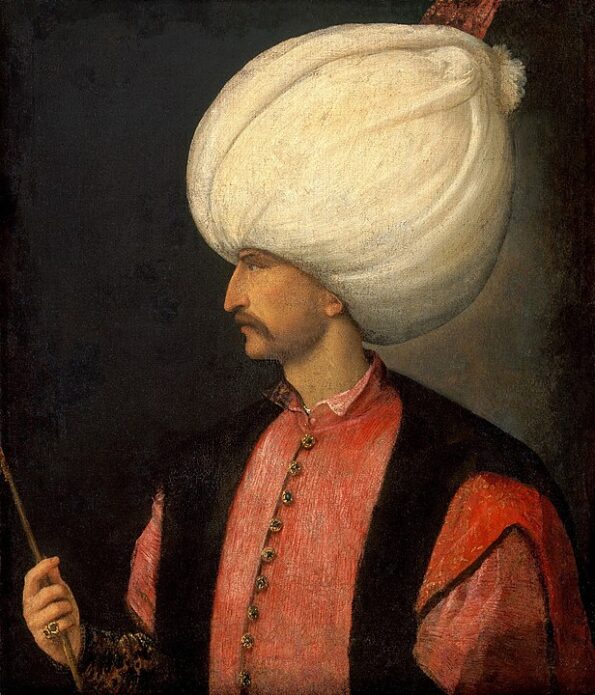

Such mode of taking the throne guaranteed that the most talented of the challengers became the sultan. It was when it turned out, that the one to capture the capital, treasury and archives, and additional acquires the acceptance of the Janissaries, becomes the legal ruler. After his death, however, fights for authority broke out again (1421).

At last, Mehmed I brought back unity in 1413. Anyway, for almost 10 years, Turkey was actually divided into two parts, European and Asian, with separate sultans. After the defeat of Ankara in 1402, when the sultan Bayezyd I got into Tamerlan's captivity, fighting for the throne of the sultan's sons almost led to the collapse of the country. Since any of the Ottoman dukes could became the ruler, no one wanted to give in and setting the throne was decided in the way of military battle. On the one hand, it created possibility of setting on the throne the most talented representative of the dynasty, on the other hand, it led to notorious battles for the throne, particularly in the early period of the country's history until the beginning of the 16 th century. In Ottoman Turkey, this meant that any male member of the Ottoman dynasty can became a sultan. Meanwhile, Islam assumes that any adult and mentally stable male can became a sultan. 'Easy' is a relative word, but it has its value if we relate it to inheriting the throne in European monarchies, where succession was strictly fixed: most often one had to be the oldest, legally born male offspring of the ruling monarch. It was theoretically easy to become a sultan in the Ottoman Turkey, although obviously it was not an honour available to everyone.


 0 kommentar(er)
0 kommentar(er)
